Bioactives in livestock feeding - plant power that pays off (part 1)
Consumers of today have never been more inquisitive and sceptical towards the origin of their food. Their preferences clearly tend towards sustainable agriculture and livestock farming, including animal welfare, natural plant-based feed ingredients and – above all - purchasing safe products from healthy animals raised without antibiotics. It is due to this increasing consumer pressure, that alternative programs, especially bioactives in livestock feeding like phytogenic feed additives (PFA), have received increased attention among scientists, nutritionists, feed manufactures and producers over the last decades.
How it all started ...
Bioactives in livestock feeding, like Phytogenic feed additives, are representing a natural alternative for livestock producers and companies developing antibiotic-free feeding programs. Phytogenic feed additives (PFAs), commonly defined as plant-based feed additives or botanicals, represent a group of natural substances used in animal nutrition. These substances are derived from herbs, spices as well as other plants and their extracts, like essential oils. They can consist of many different active ingredient groups, such as pungent substances, bitter substances, essential oils, saponins, flavonoids, mucilages and tannins. Owing to this wide range, PFAs offer much more than flavoring properties. The effects are many, while mostly targeting the enhancement of livestock performance.
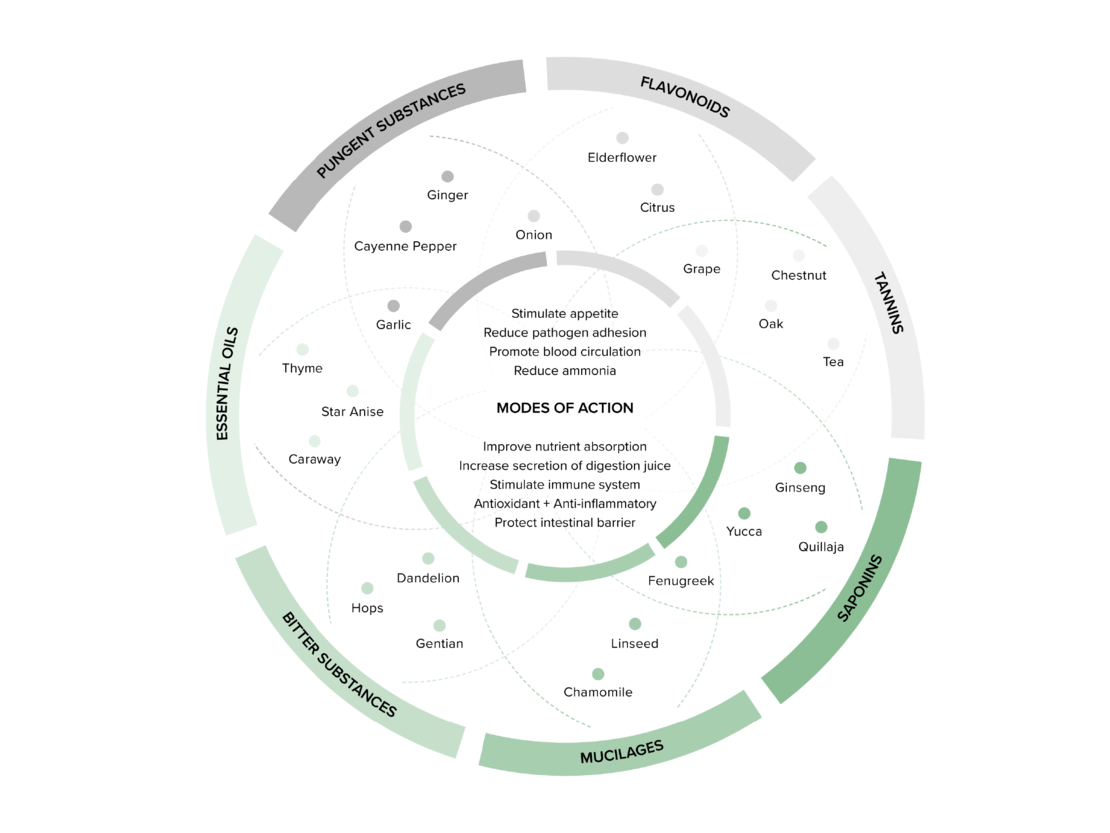
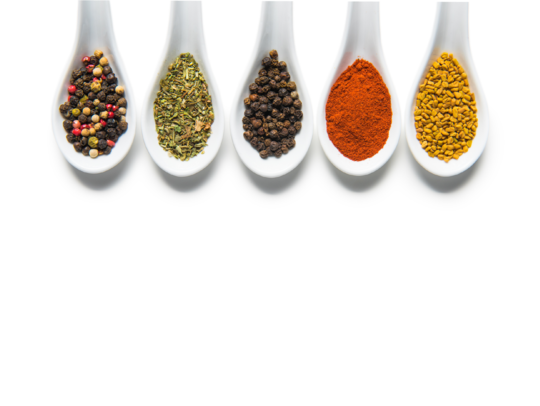
However, it is hard to imagine that ingredients, we all can find daily on our kitchen shelfhave the power to enhance the performance of livestock. Therefore, PFA might be looked at with certain skepticism. It is again Delacon, who takes serious effort in gaining insight in the broad-spectrum efficacy by performing intensive research including in-vivo trials as well as field experiments in collaboration with universities and research stations around the world.
A crucial point in the development of PFAs is to find the proper and effective formulation of different plant-derived substances. Furthermore, PFAs using plant extracts instead of chemical nature-identical substances show wider modes of action in animal nutrition due to synergistic effects of the diverse agents within a plant. This high-level efficacy cannot be obtained by the use of single lead substances. Not only for sensorial stimulation, but also effective and potent in influencing the physiology in various species on various levels: Phytogenics are potent to improve nutrient utilization and gut integrity, stimulate enzymatic activity and even show anti-bacterial and anti-inflammatory effects.
Phytogenics are more than essential oils
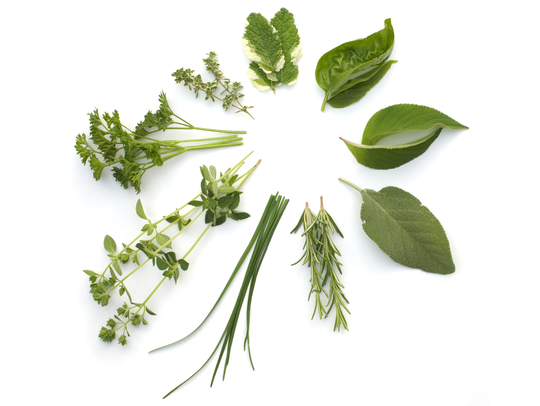
Since essential oils are a major component of phytogenics, they are often used in the same context. To clarify, essential oils do represent a sub-category of phytogenic feed additives and may not be used conterminously to phytogenics. Essential oils are not characterized by a certain chemical structure, but are a volatile and natural blend of various compounds. This complex may consist of 20 – 60 different components in different concentrations, with two or three major components being present at relatively high amounts in a certain oil.
Secondary plant products – the key
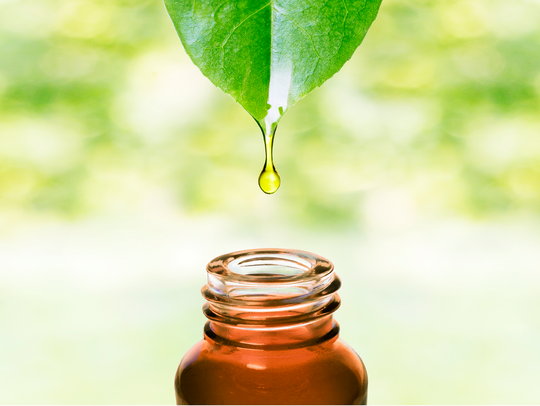
Plants consist of “primary” and “secondary” metabolites. Substances which a plant requires to maintain its metabolic functions such as water, starch, carbohydrates or proteins are counted among the primary metabolites, whereas essential oils, bitter constituents, pungent constituents, pigments or phenolic substances belong to the “secondary” metabolites. Primary products act as basic modules for the plant and are responsible for growing, photosynthesis and other vital functions of its metabolism. Secondary plant products are not essential for plant life, though these substances undertake specific ecological functions, such as protection of herbivores and minimizing environmental stress, thus resulting in an increasing “fitness level” of the plant. Be it to attract insects in the course of the pollen transmission or be it to attract animals which pick up the fruits of the plantsbringing forward the seed dispersion - their functions and the interactions between plant and environment are rather diverse and complexthroughout a life-cycle of a plant. After all, plants (or plant products) pharmacological properties are mainly due to the biologically effective level of these secondary metabolites.
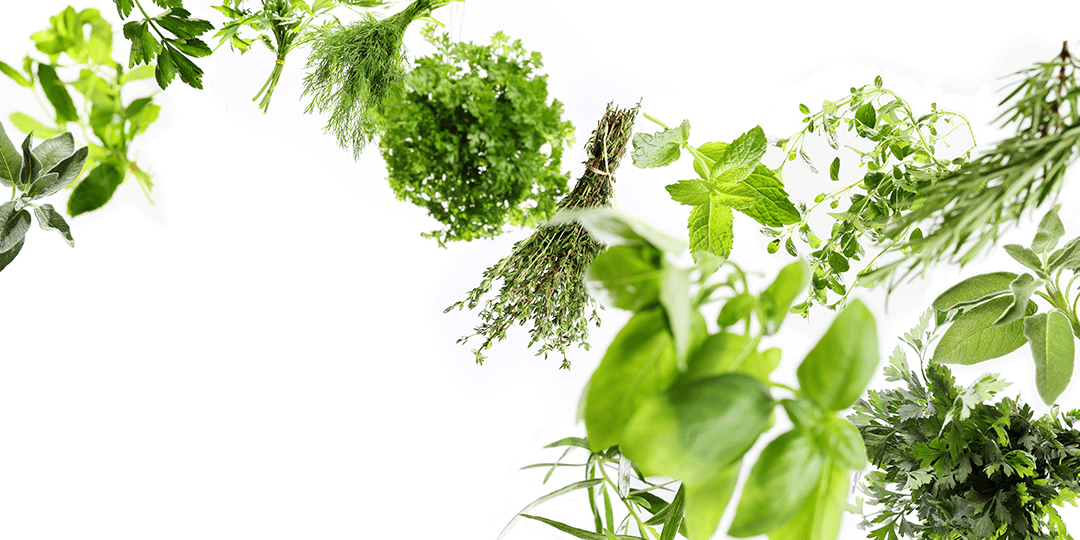
Bioactives in livestock feeding - plant power that pays off

Elisabeth Rohrer
After her study in agriculture sciences at the university of natural resources and life sciences in Vienna, Elisabeth joined the Delacon team in December 2013 as Technical Communications Manager - a position, she always exerted with pleasure. Since 2021, her task areas have been extended and thus, she is also supporting colleagues in writing offside the technical focus as Content Manager. Elisabeth describes herself as a great animal and nature lover and prefers to spend her free time high up in the mountains with her little family, away from the hustle and bustle.










